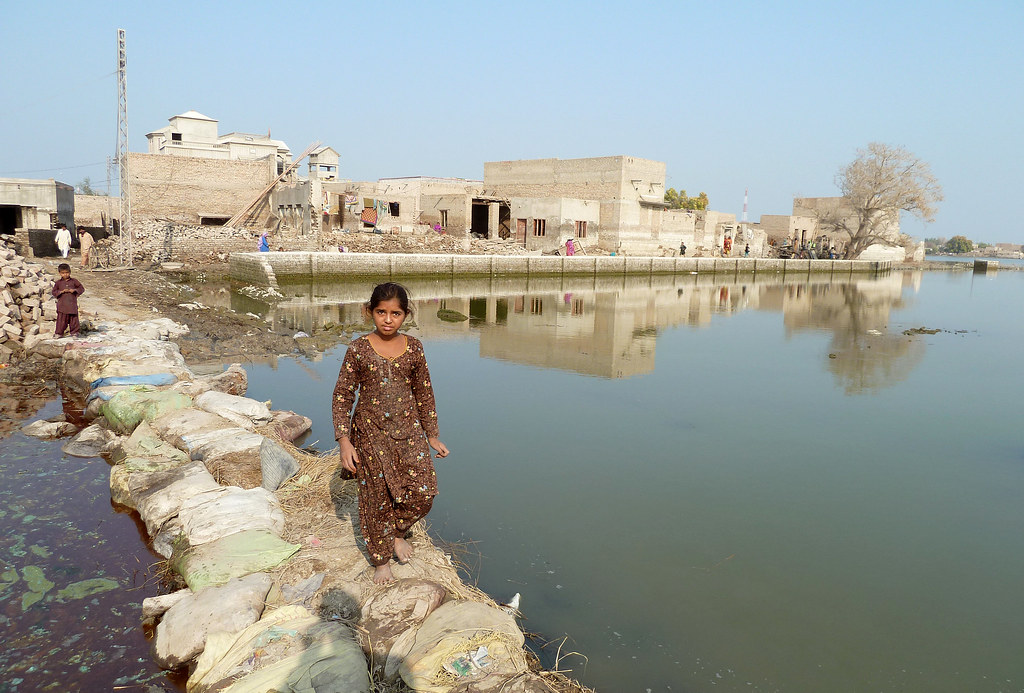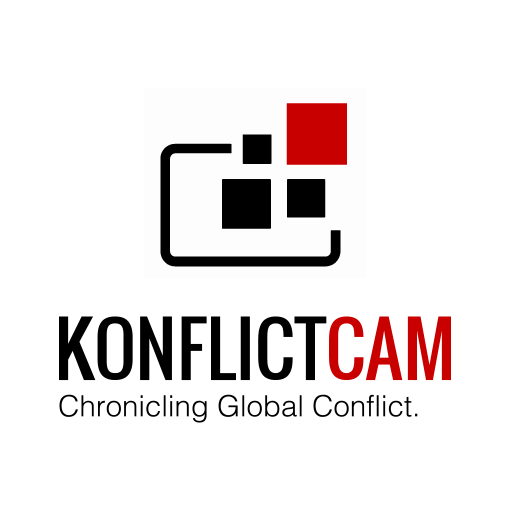What do we mean by conflict, and why does it matter?
Posted on 2016-06-17 10:35
 At Konflictcam, we cover a pretty wide range of forms of conflict. We include coverage of full scale civil wars to civil protests, or natural disasters to humanitarian relief provision. Through this blog post, we hope to explain why this is the case.
At Konflictcam, we cover a pretty wide range of forms of conflict. We include coverage of full scale civil wars to civil protests, or natural disasters to humanitarian relief provision. Through this blog post, we hope to explain why this is the case.
In our mission statement, we outline our belief in the importance of allowing the global population to gain an awareness of conflicts worldwide. We believe that this should be possible, and as such, Konflictcam was created with the aim of widening the global conversation on conflict.
In traditional political discourse, conflict is only utilised to describe situations of open hostility, for instance during wars, battles and instances of political strife. However, this ignores the myriad ways in which human conflict now takes places. As well, it ignores the suffering of millions and in the process devalues their experiences. This denies the reality of daily life for these people, and that is something that needs to change.
As such, we encompass aspects such as political protest or humanitarian relief into what we define as conflict. In doing so, we may not be covering periods of open hostility between states or groups, but we are covering an intrinsic part of human life, and what is often an intrinsic aspect of conflict. Just because an individual is not holding a gun and is instead in a refugee camp doesn’t mean that they are not as much a part of a conflict as any other.
At the same time, it can be argued that experiences such as a natural disaster are not ‘conflict’, as the only party involved are humans and nature itself. However, in ignoring such events which so often are involved with the formation of new conflicts, or utterly change the lives of individuals affected by them, would be to ignore the fact that the largest part of human conflict is human survival.

 Sam Lees
Sam Lees